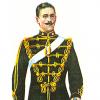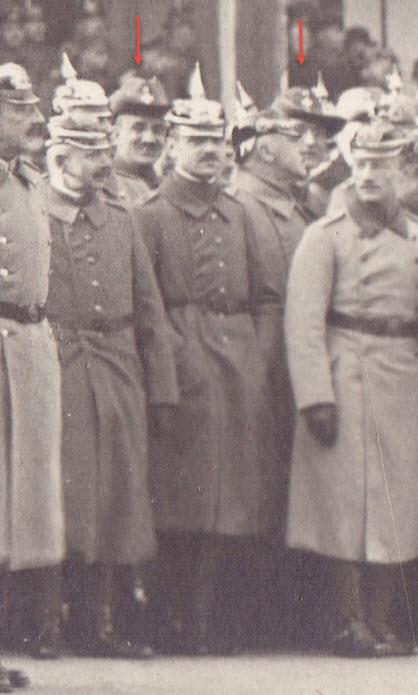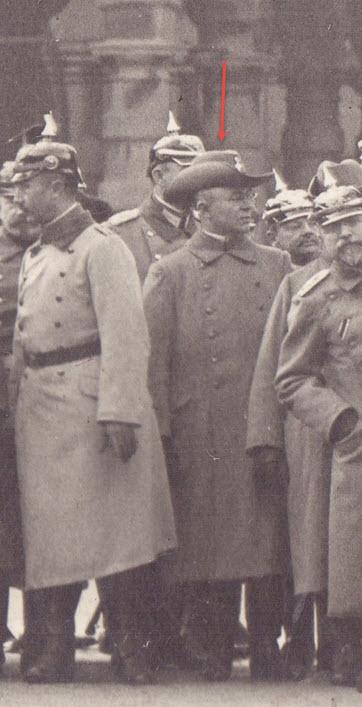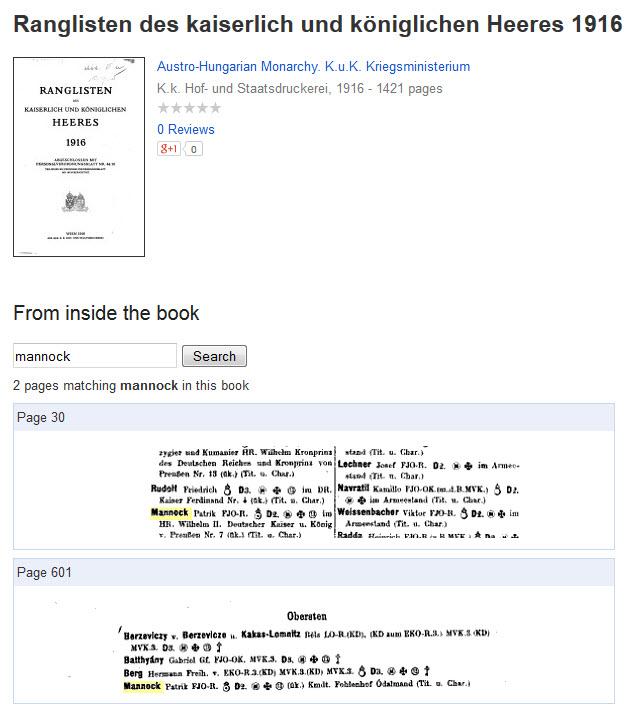-
Posts
581 -
Joined
-
Last visited
-
Days Won
2
Content Type
Profiles
Forums
Blogs
Gallery
Events
Store
Everything posted by Trooper_D
-

Uncategorised Finds of the day
Trooper_D replied to Stuka f's topic in Non Military Collectibles & Antiques
Women and shoes - yes, I know all about that Our collecting is entirely different, of course -

Uncategorised Finds of the day
Trooper_D replied to Stuka f's topic in Non Military Collectibles & Antiques
And I think I have problems, trying to smuggle books in to the house! (My wife insists on 'one in - one out'. How unfair is that?) Best of luck, Stuka. -
Are there any labels or stamps on the inside of these tunics, Dave?
-
Mike Some quick searches on Google suggest that it is colonial. A Convict Department was certainly set up in Australia and, perhaps South Africa as well - PM Mervyn Mitton as he might like to comment on the SA connection. Some links for you. This thread asks pretty much the same question you have, http://www.britishbadgeforum.com/forums/showthread.php?t=21042 Here is a cap badge (from the back, so the lettering is in reverse), with a similar design, from Australia, http://www.powerhousemuseum.com/collection/database/?irn=303337 Here is a newspaper article, dated 1836, concerning the setting up of the Convict Department in Australia, http://trove.nla.gov.au/ndp/del/article/3340027 I hope that helps.
-
Fascinating story, Enzo. Historical anomalies like this one are always interesting (although I suppose a Turk serving in the Imperial German army isn't such a surprise, considering their respective military links).
-
OK, I did say things could be murky in the world of the St John's orders! Upon further investigation, it appears that the 'official' Military Order of St John uses different crowns according to grade within the order. To illustrate this, see this Pinterest page, which appears to show official awards of the order, wherein a variaty of crowns can be seen, including a version very similar to that on Kasle's button-hole badge. https://www.pinterest.com/HistorySeeker/decorations-of-the-order-of-malta/ It therefore seems that a Russian connection was a red herring and that Kasle's badge is official. My apologies, Kasle, for the doubt I may have cast on it. I would be most obliged if anyone could point me to an authoritative source which could explain these variations.
-
After their expulsion from Malta by Napoleon, the Military Order of Malta came under the protection of Czar Paul I in 1798 and elected him Grand Master. After Paul's assassination in 1801, his son, Czar Alexander I, appears to have rescinded the protection his father granted. Thereafter, things get murky and, despite Alexander's attitude, some of the so-called false St John's orders claim their legitimacy from Czar Paul's original act of benevolence. I have tried to summarise a very complicated situation in too few sentences, so more can be learnt here (scroll down to the heading 'After 1789'), http://www.heraldica.org/topics/orders/ordmalta.htm I suspect, therefore, this lapel-badge might be associated with one of the 'Russian' Orders of St John - and interesting it is too, as a result.
-

20th of July, 1944 attempt on A.Hitler's life
Trooper_D replied to Bernhard H.Holst's topic in World War II 1939 to 1945
I'm afraid the anniversary had passed me by, so thank you for reminding us, Bernhard. -

Austria-Hungary Order of the Red Cross - Box for Verdiensstern?
Trooper_D replied to bovec1313's topic in Austro-Hungarian Empire
I just wanted to say what an interesting thread this has been and I'm hoping that, if it is bumped, either someone will have an answer for North Denmark or some other information will be posted. -
What an interesting post, aussiesoldier, thank you. Indeed he was, and a very sobering read his account of the realities of the charge of the 21 Lancers is too (particularly from p.190 onwards), which can be found at this link, https://archive.org/stream/rovingcommissino001321mbp#page/n219/mode/2upParticularly germane to your post is that, due to a preexisting injury - a dislocated shoulder caused in an accident when boarding a boat - Churchill went into the battle with his famous Mauser pistol as his sidearm rather than a sword. He wrote (p.101)
-

Austria-Hungary Thomas Crewe-Preston (Creve Preston)
Trooper_D replied to Iver's topic in Austro-Hungarian Empire
Thanks for the update, Iver. -
To answer my own question, it seems he was still going strong in 1916, as an Oberst. I have to conclude that he wasn't a British subject - by this point, if he ever was - as I would doubt that his employment would have been continued after 4 August 1914. Source: https://books.google.co.uk/books?id=vi5VAAAAYAAJ&focus=searchwithinvolume&q=mannock
-

Imperial Order of the Rose
Trooper_D replied to lambert's topic in Rest of the World: Militaria & History
Thank you, Hugh. At this stage, it was purely curiosity but should that change, I will get back to you. -

Imperial Order of the Rose
Trooper_D replied to lambert's topic in Rest of the World: Militaria & History
Top marks for initiative, Hugh! Google is not helping me, greatly, so, as a matter of interest, can you recall which Danish order it was, please?




